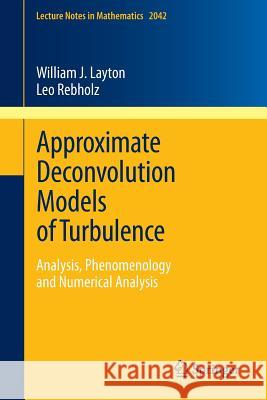Approximate Deconvolution Models of Turbulence: Analysis, Phenomenology and Numerical Analysis » książka
topmenu
Approximate Deconvolution Models of Turbulence: Analysis, Phenomenology and Numerical Analysis
ISBN-13: 9783642244087 / Angielski / Miękka / 2012 / 184 str.
Approximate Deconvolution Models of Turbulence: Analysis, Phenomenology and Numerical Analysis
ISBN-13: 9783642244087 / Angielski / Miękka / 2012 / 184 str.
cena 140,70
(netto: 134,00 VAT: 5%)
Najniższa cena z 30 dni: 134,76
(netto: 134,00 VAT: 5%)
Najniższa cena z 30 dni: 134,76
Termin realizacji zamówienia:
ok. 22 dni roboczych
Dostawa w 2026 r.
ok. 22 dni roboczych
Dostawa w 2026 r.
Darmowa dostawa!
This volume presents a mathematical development of a recent approach to the modelling and simulation of turbulent flows based on methods for the approximate solution of inverse problems.











